The main reason for the high incidence of heart attacks in winter is the drop in temperature in the atmosphere. The heart works harder to balance the body temperature and the outside temperature. However, due to low atmospheric temperatures, the arteries constrict. As a result, blood flow to the heart and oxygen flow are reduced. This increases
the risk of heart attack.
Young people are at increased risk of heart attack: Not only is it more common in older people, it is more common in younger people today. Young children and individuals are more likely to have a heart attack due to irregular lifestyles. According to a survey, four out of every 30- to 50-yearolds in India die every minute. In India, about 25 per cent of people die of heart attacks under the age of 40, while 30-year-olds die every day.
Change your lifestyle: Change your lifestyle to avoid heart attacks in the winter. Control high blood pressure and diabetes. Avoid smoking and drinking. Eat fiber foods. Wear warm clothes. Protect yourself from pollution, and regularly attend medical check-ups. Eat vitamin supplements. Eat plenty of fruits and vegetables. You need to be a little more careful with your heart rate and reduce fat.
Exercise: In the winter, the body becomes more inactive than the other days. Therefore, physical activity and exercise are essential on this day. Increased physical activity increases the risk of heart attack. Exercising in the morning or cycling can increase blood circulation. This keeps the heart healthy as the blood flow from the heart increases.
Keep the body warm: Wear warm clothing to keep the body warm when it is too cold in winter. Cover the entire body with warm clothing when going out. Also drink hot tea, ginger tea, hot water, coffee and more. Eat warm foods.
Causes of heart attack: Indians, as well as people in the West, are more likely to have a heart attack in the winter than in
the summer. Decreased temperatures in the atmosphere, including physical exertion, air pollution, side effects and abnormal eating and blood clotting, high blood pressure, high cholesterol levels, diabetes, low physical activity, obesity, headaches, obesity, etc.
Symptoms: The main symptoms of a heart attack are chest pain and chest pain, sometimes pain in one or both arms, pain in the bones of the mouth, pain in the back, abdomen or neck. The risk of heart attack is higher, especially in older people with diabetes.People with a higher risk of heart attack may experience symptoms such as shortness of breath, vomiting, vomiting, and sometimes sweating. Occasionally there are problems with dry mouth, darkening of the urine, muscle aches, dryness of the skin, increased heartbeat, and dizziness.
By Dr. Kanti Nayak


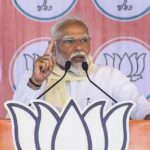
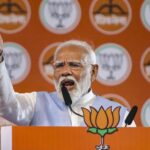



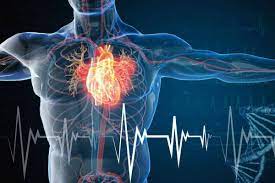
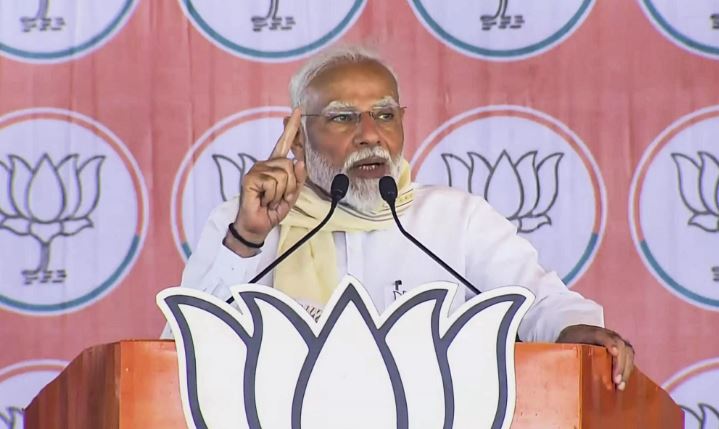
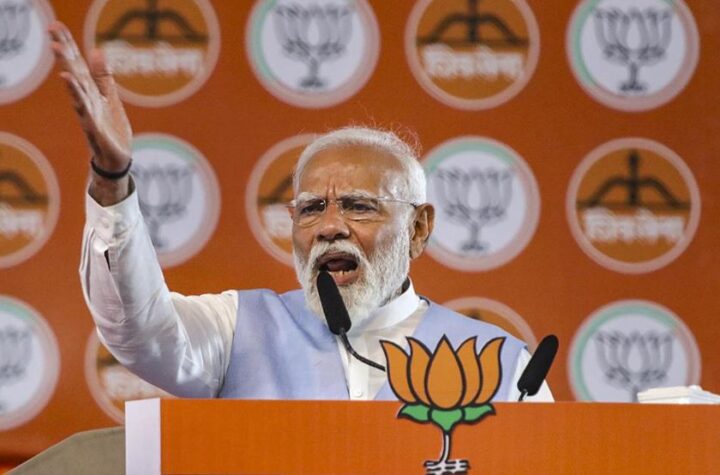

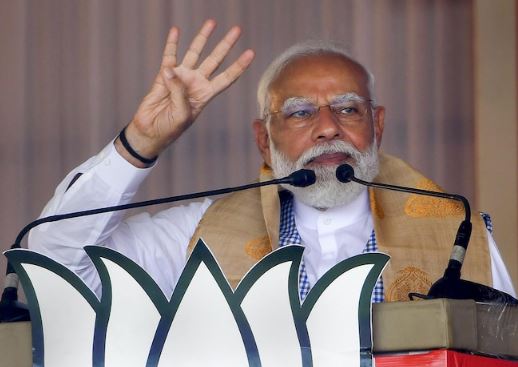
More Stories
Now country ‘aatank’ struggling for ‘aata’: PM
NDA as 15 in Northeast’s 25 seats go to polls: PM
Not Big Fan Impact Player; Its Development of All-Rounders, Says Rohit